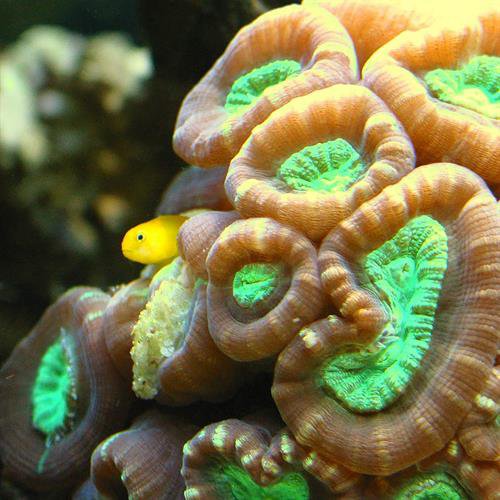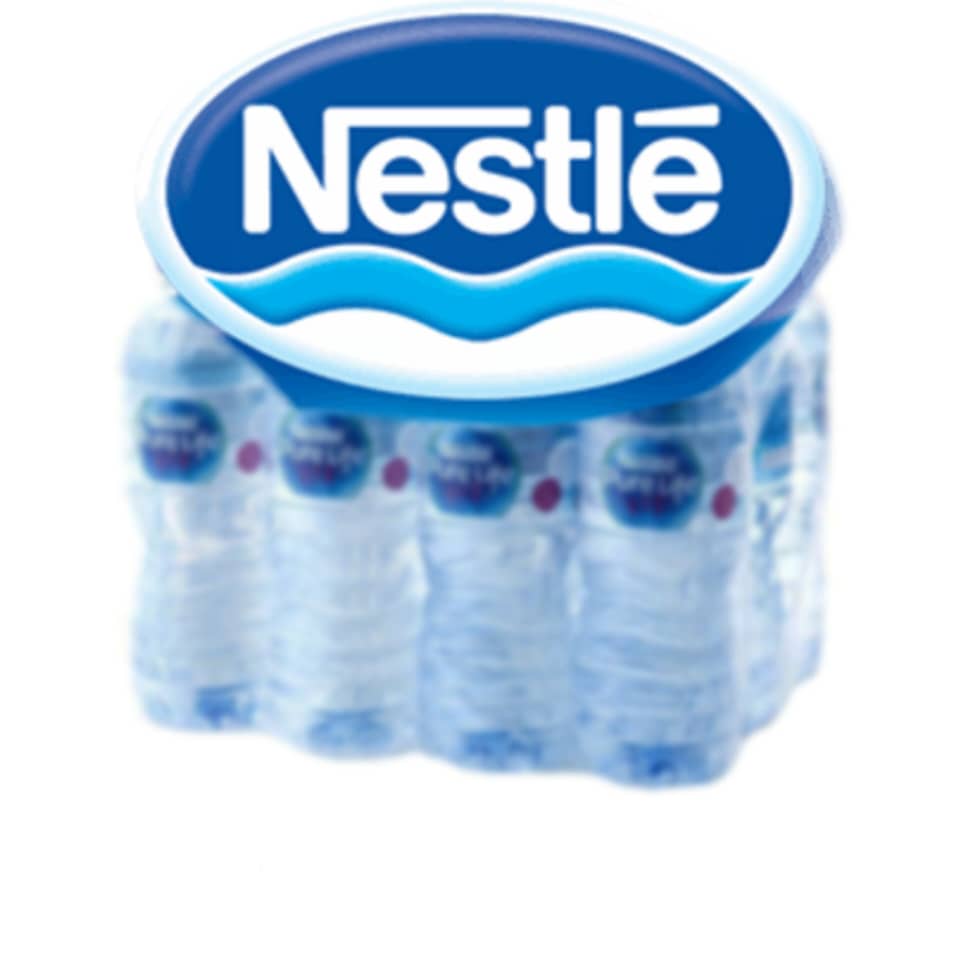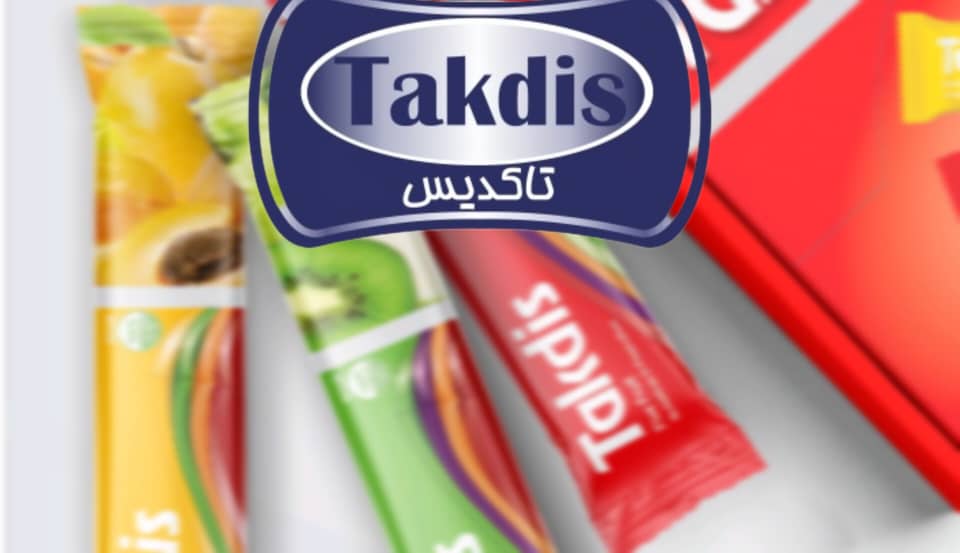
- Seen : 766 View
Candy, trumpet or bull's eye coral (Caulastrea furcata species) is a large stony coral of the Merulinidae family, which today is found in the Indian and Pacific Oceans from Somalia and Madagascar (East) to Samoa, from North to Ryukyu and South to Caledonia. The new one is scattered.
Geographical distribution of trumpet coral ▲
The skeletal structure of this coral consists of tubular stems (2 to 6 cm in length and 1 to 2 cm in diameter) with star openings at their tips. The upper edge of the tissue of the stems is slightly swollen, it resembles the opening of a trumpet or a bell, which is the reason for the name of this species.
There are white skeletal grooves called septa in the wall of the stems and their openings, which are irregular (some are thicker than others) in this species. Like other colony-forming corals, trumpet coral colonies consist of several large polyps. Each polyp has relatively short tentacles that direct food into its central mouth (indicated by red arrows in the image below). Then the food is digested in the sac-like cavity of the body.
Polyps are often brown in color with a neon green center; Although yellow, metallic gray and greenish brown colors are also seen in this species. Trumpet coral has also been cultivated and propagated in captivity in blue, yellow, and bluish-red colors (all with a green polyp center) and is the most commonly kept coral by aquarists.
Only the upper parts of the coral are alive. Over time, each polyp slowly settles its skeleton, exposing the living part to the sunlight. As these corals continue to grow, they form dome-shaped clusters.
Living environment:
Trumpet corals are usually found on sheltered reef slopes where the substrate is partly sandy. In such a habitat, extensive single-species populations of this coral are formed, sometimes even in an area of more than five meters. The presence of trumpet corals has been recorded up to a depth of at least 30 meters; They may also be found in wetlands.
Nutrition:
Trumpet corals usually get most of the nutrients they need from the photosynthesis of the texocellular algae called zooxanthellae that live in their tissue; Although this coral also feeds on zooplanktons and food particles suspended in water.
Breeding:
Large polyp corals are hermaphrodites (two sexes in one organism) and can reproduce both sexually and asexually.
Sexual intercourse in nature occurs with the simultaneous release of eggs and sperm. As a result of this process, an egg is fertilized, which then develops into a suspended ciliated flat larva. They are very vulnerable to predation and few survive. Finally, the larvae settle on the substrate and then turn into tiny polyps that begin to secrete calcium carbonate and turn into coral.
In the asexual method, when the stems reach their mature size, you will notice that the cross-section of a round stem begins to change into a peanut shape (like the number 8), until it gradually divides into two stems with a round cross-section; In the above picture, you can see the polyp on the right (with three arrows drawn on it) in this state.
Trumpet coral polyps divide and continue to multiply in this unique way. As each polyp matures, it gradually splits in half so that the resulting polyps slowly begin to build their coral home.
In captivity, trumpet corals reproduce by fragmentation as well as budding. (When a polyp divides into more polyps, the daughter polyps sprout as new branches). Their reproduction is very simple with this method:
Cut the branch where the polyp head is located with a bone cutter or something that cuts cleanly and quickly. The only problem you may have is that if you cut too close to the polyp, there may be a fracture that tears the flesh of the polyp. This problem also occurs when using weak or slow scissors. Fortunately, they recover with proper water flow. Stick the cut on a rock to grow into a new coral. For gluing, you can use waterproof two-component epoxy putty.
Maintenance:
Caring for trumpet corals is easy and recommended for beginners. Green polyp corals are said to be easier to maintain than brown polyp specimens. For this purpose, medium to low lighting and water flow are recommended. They are very sensitive to metal halide lamps; Therefore, the light of these sources should be indirect. Also, make sure that there are no gaps between the branches of the colony.
In the process of caring for these corals, constant water changes (20% per month, 10% every two weeks or 5% every week) are required. This offsets many of the additives needed and is ultimately cheaper than buying water additives. Although additives may be needed to maintain proper growth, such as:
Calcium: 400 to 430 ppm. If the environment of corals lacks enough calcium, they will not grow.
Alkalinity: 8 to 11 dKH
Phosphate: zero; Phosphates are the worst and corals hate them.
Magnesium: 1200 to 1350 ppm. Magnesium makes calcium available; So if your aquarium is low in calcium, check the magnesium level before adding more calcium.
Strontium: 8 to 11 mg/liter.
A well-nourished aquarium is what your coral needs along with some fish to produce organic matter. A used aquarium is recommended. The required parameters are:
Lighting: Low light up to
Saler Company Information










